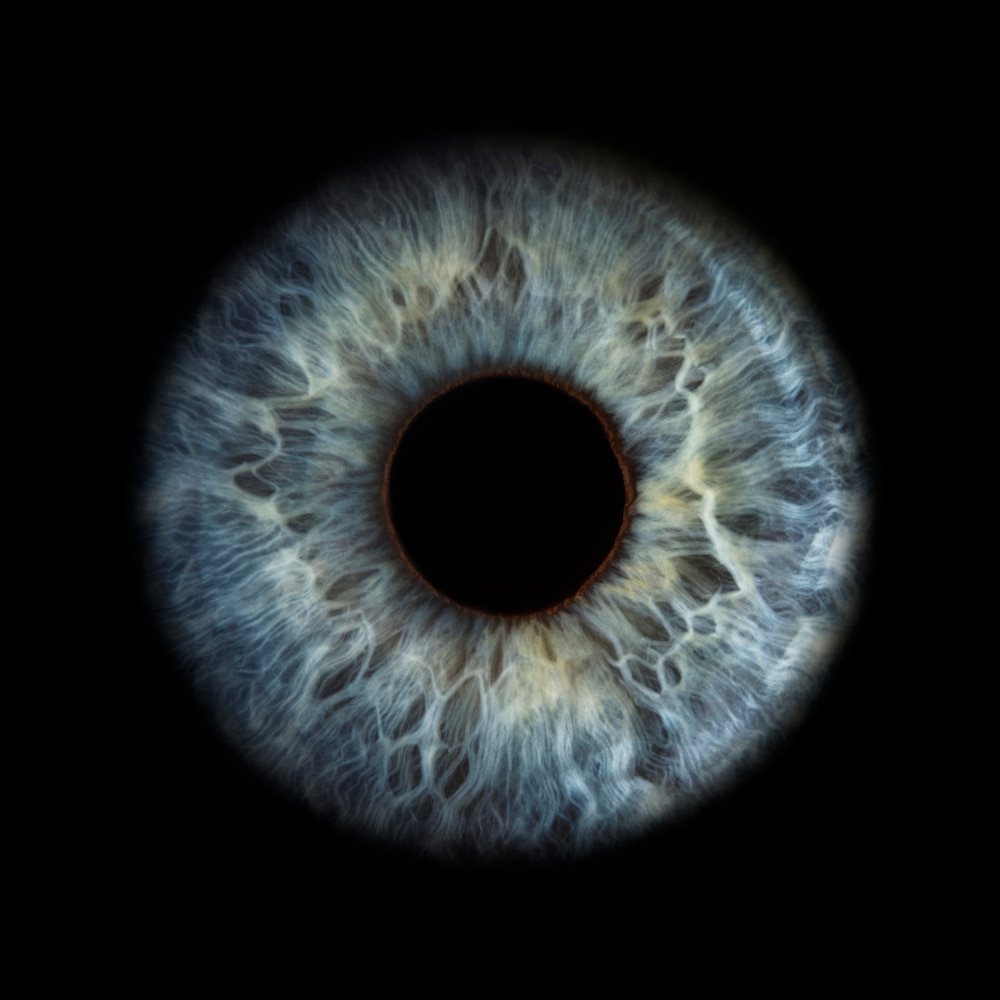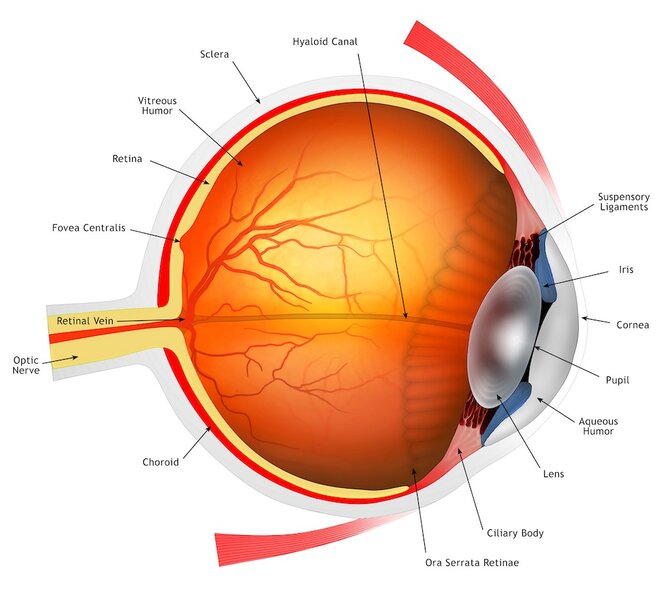Create a free profile to get unlimited access to exclusive videos, sweepstakes, and more!
Ultrasound could allow people to see using sound
Using soundwaves to generate vision inside the brain.

Between the years of 1973 and 1978, the world watched in wonder at the exploits of The Six Million Dollar Man. When NASA astronaut, Steve Austin, was injured during the flight of an experimental aircraft, his life was hanging by a thread. Luckily, both for him and the viewers at home, he was rushed into the operating room where he underwent a series of lifesaving and unorthodox procedures. One arm, both legs, and an eye were replaced with cutting edge bionic implants at a cost of $6 million, making Austin better, faster, and stronger. The rest, as they say, is history.
As is often the case, our favorite fiction has a way of inspiring reality and scientists have been trying for decades to perfect bionic supplements to restore vision to people living with blindness. A number of different devices and tactics have been developed with varying degrees of success. One thing they all have in common is the need for invasive surgeries to deliver electrode arrays into the brain or the eye. Those electrodes take visual stimuli from the outside world via cameras or other sensors and deliver them to the brain, bypassing whichever portion of the visual system is necessary. Those surgeries, however, might one day be unnecessary.
According to a recent study published in the journal BME Frontiers, stimulation of the retina using external ultrasound has succeeded in generating limited visual cues without the need for any surgery.
While an individual may experience degraded sight or total blindness for a number of physiological reasons, each of which can be related to a different part of the visual system, degeneration of the retina is a common cause of sight loss, particularly as people age. Researchers from the University of Southern California set out to find a way to stimulate visual cues at the retina, without the need for any surgery.
Retinal degenerative diseases work by attacking the light-sensitive photoreceptors in the retina. Importantly, in many cases, the rest of the visual pathway remains intact. It’s sitting there, waiting for signals from outside that it can no longer receive. Prior visual prostheses use electronics to bypass the broken parts of the pathway by creating a new path using hardware. This new technology jumps over the lost receptors using soundwaves to stimulate the retina directly.
Ultrasound has been proven effective for visualizing materials deep inside the body, including potentially cancerous masses and fetuses in-utero. Scientists are using this same philosophy to create an image not on a monitor, but inside the brain.
This method wouldn’t restore typical vision to a patient, but it could be used to generate shapes or outlines which might be useful for navigating the environment. To get an idea of how it works, all you need to do is close your eyes and apply gentle pressure. If you’ve ever seen shapes or patterns when rubbing your eyes, you’ve generated visual signals through the same physiological processes used in this study. Pressing on your eyes creates a pressure change inside the eye which activates ganglion cells in the retina. Those patterns, however, aren’t useful visual information that you can use to make decisions or move around in space. The trick is to make those patterns or shapes represent something in the real world.
To that end, the team at USC developed a specially shaped transducer which could deliver targeted soundwave pressure to the retina and generate a visual signal corresponding to the letter C. It’s a small step, and a long way from crafting real time pressure signals representing the real world, but it shows that the technology works.



























